John Szarkowski wrote, “David Octavius Hill was a properly trained painter, a member in good standing of the British art establishment … [who] took up photography (with the assistance of the young chemist Robert Adamson) as a sketching medium, in order to produce likenesses of 470 Scottish clerics [for] a monstrous historical painting …. When the painting was finally finished in 1866, twenty-three years [later], it established Hill as one of the first artists to have converted good photography into bad painting.”
Scottish photographers Hill and Adamson formed a partnership that lasted only four years, from 1843 to 1847, but the art they created represents the best paper photography of that period. They made more than 3,000 photographs and sold the work through David’s older brother, Alexander Hill also known as Bailie Hill (1800-1866), a book dealer, stationer and artists’ colorist (pictured above).
By 1843, Hill was already an established painter while the twenty-one-year-old Adamson had only just set up shop as Edinburgh’s first professional calotypist. During their brief partnership, Adamson worked the camera and Hill managed the pose. They planned a series of photographic publications including The Fishermen and Women of the Firth of Forth; Highland Character and Costume; Architectural Structures of Edinburgh; Old Castles, Abbeys, &c. in Scotland; and Portraits of Distinguished Scotchmen. Unfortunately, none were realized.
Hill and Adamson are remembered for their calotypes (also called Talbotype after William Henry Fox Talbot), a paper negative that could be used to print multiple positive prints. Strictly speaking, the term calotype refers only to the negative process. Positive prints were made using Talbot’s original photogenic or salted paper process. The negative is developed out chemically (DOP) and the positive print is printed out (POP) by the sun. Whatman’s Turkey Mill paper was a favorite.
For more information, see:
Sara Stevenson, David Octavius Hill and Robert Adamson: Catalogue of Their Calotypes Taken Between 1843 and 1847 in the Collection of the Scottish National Portrait Gallery (Edinburgh: National Galleries of Scotland, 1981). Marquand SAPH Oversize TR680 .xS3q
and
Sara Stevenson, Hill and Adamson’s The Fishermen and Women of the Firth of Forth (Edinburgh: Trustees of the National Galleries of Scotland, 1991). Marquand SAPH Oversize TR680 .S907 1991
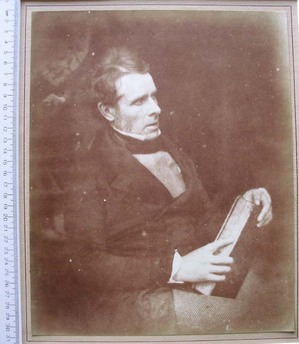
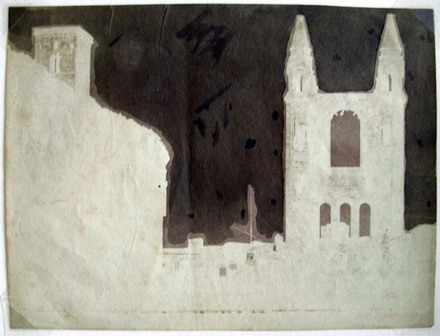
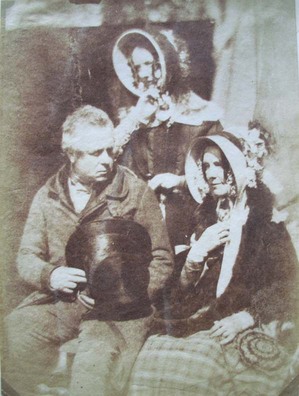
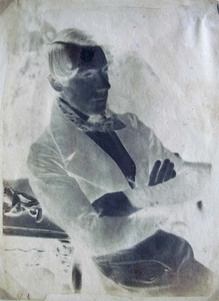
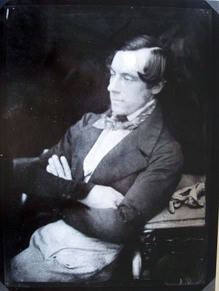
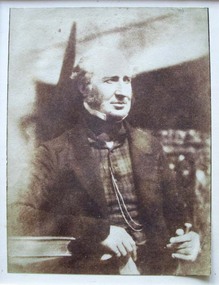

You may like to know that I have your unknown man illustrated here GA 2005.00245as Rev Dr James McCosh1811-1891, at this stage Free Church minister of Brechin, and later President of Princeton, which would seem highly appropriate.
Sara Stevenson